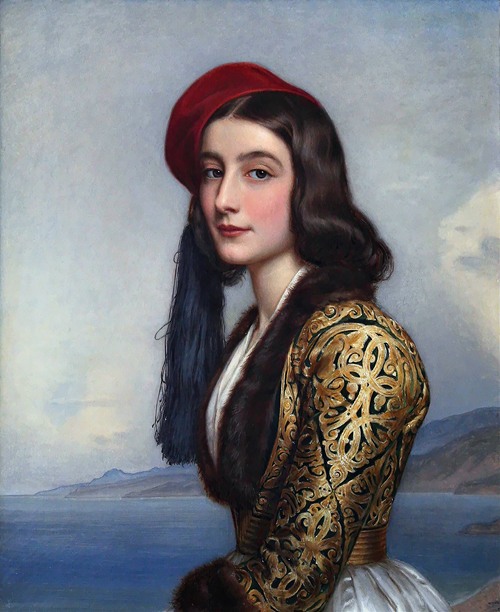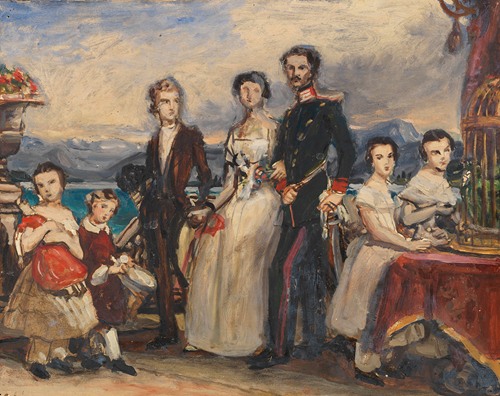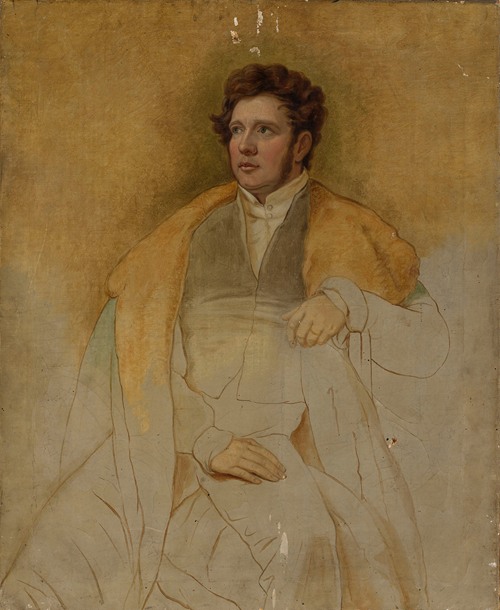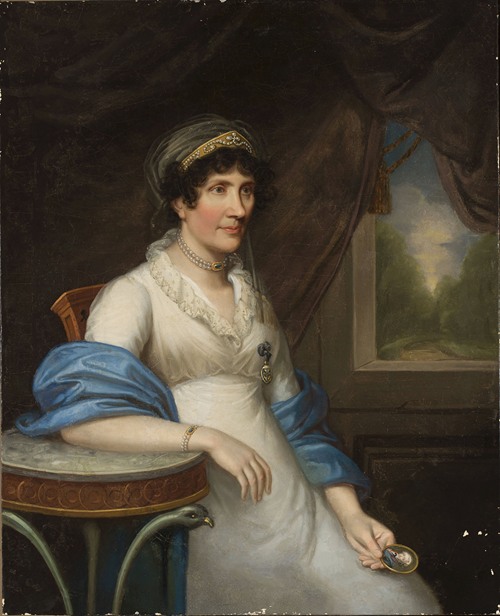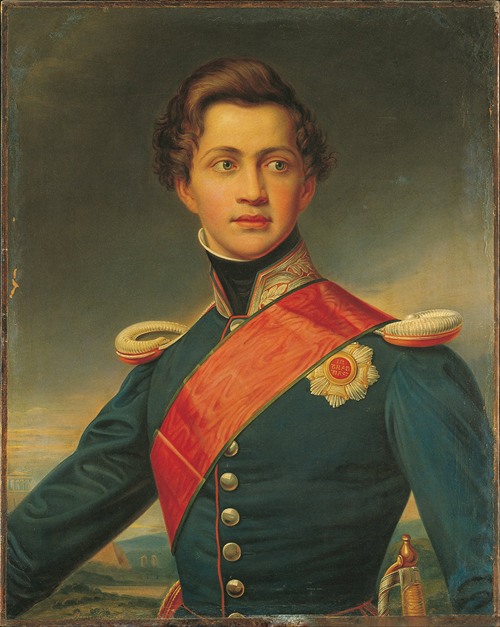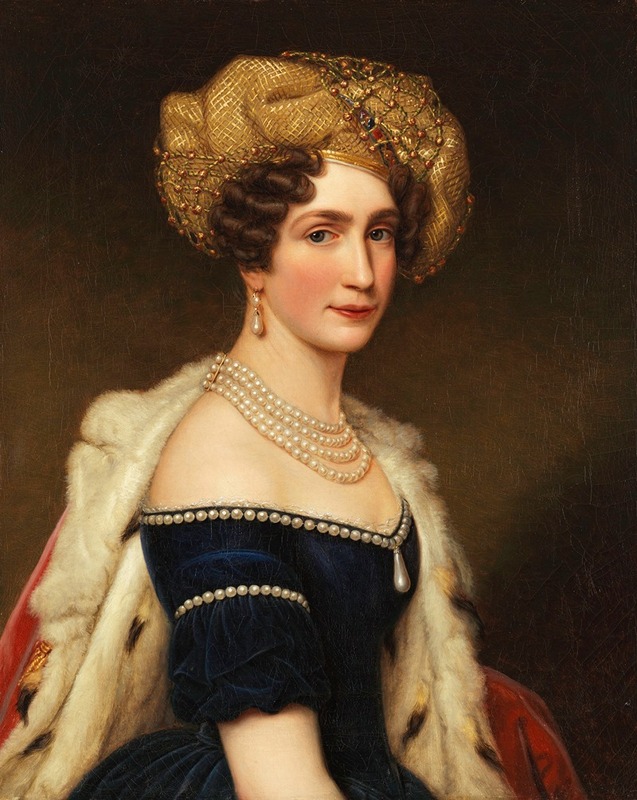

Joseph Karl Stieler was a German painter. From 1820 until 1855 he worked as royal court painter of the Bavarian kings. He is known for his Neoclassical portraits, especially for the Gallery of Beauties at Nymphenburg Palace in Munich, as well as his emblematic portrait of Ludwig van Beethoven, which has become one of his most famous works.
Born in the city of Mainz to a long-established family of engravers, punchcutters and die makers, Stieler received some artistic training from his father, August Friedrich Stieler (1736–1789). After the early death of his father, Joseph Karl autodidactically completed his apprenticeship and began his career as a painter of miniatures, which were increasingly sought after by bourgeois circles After Mainz had been occupied by French revolutionary troops in 1792, Stieler followed the expelled court of Prince-Archbishop Friedrich Karl Joseph von Erthal to Aschaffenburg. Here he met with the later Archbishop Karl Theodor Anton Maria von Dalberg, who became his most important patron and sponsor.
From 1802 to 1805 he attended the Academy of Fine Arts Vienna in the master class of Heinrich Füger. Stieler's portrait style was most especially shaped during his work in the Parisian atelier of François Gérard, a student of Jacques-Louis David. In 1808, he established himself as an independent portraitist in the city of Frankfurt and in 1810 travelled through Italy. From 1812 he worked at the court of King Maximilian I Joseph of Bavaria.
In 1816, he again travelled to Vienna to paint the portrait of Emperor Francis I of Austria. Between February and April 1820, he worked on his portrait of Ludwig van Beethoven, which is probably the most well-known representation of the composer today. In 1847 he also painted the portrait of Lola Montez, whose affair with King Ludwig I of Bavaria led to the monarch's abdication the next year.
Stieler retired in 1855 to live at his country home in Tegernsee. He died in Munich three years later. His son Karl Stieler (1842–1885) became a well-known writer.
